Brickfield
LOST CLAY AND CHIMNEY STACKS
Brickfield, if you’re not already introduced, is an experimental community brickworks in a disused china clay pit on the outskirts of St Austell. It involves participants in walking the land, experiencing the extra-ordinary terrain formed by the china clay extraction, and hand making bricks in simple wooden frames using a clay mixed from industry by products. The project is led by artist, Rosanna Martin and curated by Katie Bunnell. In the first instalment Rose tells us about her long term relationship with lost clay and chimney stacks.
‘…that Trelonk, a farm-house within the parish of Ryan Lanyhorne, ranging in its lands along the creek and river, was formerly a city inhabited by a king…’[i]
My first encounters with clay were in childhood, in the landscape. Every Sunday was spent at Trelonk, my maternal grandparents sheep farm. The reoccurrence of this weekly family ritual embedded my roots in that place, and its importance to me has gradually magnified over time. In the summer months, after a walk over the fields, my brothers, cousins, granny, aunts, friends, parents and I would de-robe on the banks of the shale foreshore to dip into the tidal channel, before barefoot skating and slipping across the squidgy, silted mud. We covered ourselves from head to toe in the stuff, shrieking and squealing as we slid from the grassy topped embankment of Clay Island into the cool water of the creek, where we caught our breath in what became a frothed milky pool. The perfect chutes formed through the repeated slippery action of our bodies in the soft clay. This mud was bright white, or if dug into underneath it revealed a density of marbled denim blues. After towelling our skin dry, a pale residue was left that sparkled and glittered in the sunlight. It was magic.
Clay is formed from the weathering of rocks, and can often be found at the edges; cliff edges where geological timescale is exposed for study, and estuary edges where rivers have transported clay particles far from their origin to settle in new places. The magic white sparkling clay I had encountered and covered my body in was unusual. I remember being told that it had come from the china clay pits, but I had no idea what that meant in terms of its journey and the human activity that created this grand shift of matter.
‘…the giant of Lanyhorne fought with the giant of Trelonk; and that as giants scorn to contend with the ordinary weapons of a man, they hurled stones at each other.’[ii]
The China Clay History society informed me that the clay had most likely flowed with the river from the western pits of clay country, down through Tregony, once a busy port, to gather and settle as sediment in the creek. The edges encroached, diminishing the channel and making the route from Trelonk to Tregony less and less passable by boat. You can trace the fine blue line on a map of the River Fal from Trelonk to these western clay pits. In 1962, the first comprehensive survey was carried out to assess clay losses to rivers due to rudimentary refining processes that had been in place since the beginning of the china clay industry in the 1700’s in Cornwall. It was estimated that 260,000 tons of quality material was lost, down rivers, silting up creeks, and out into the sea. The lost clay became a resource, and started smaller industries, such as brickworks and other clay workings. The clay would be dug from the foreshores, and reworked into something of value.
‘Only a very tall brick chimney reaching high into the sky indicates the nature of the activity. A busy brickworks existed, lasting for sixteen years using the wasted pit clay from the river together with sand and soil.’ [iii]
Memory and family folklore roll into one. My grandpa told us he used to light a fire in the bottom of the chimney that was so big the flames would come out the top. I remember this, or I remember my imagination of this. Dispelling the myth, my mum tells me he would light a fire in the base of the stack each year after the birds had fled their nests, and the dried up nests in the top of the stack created the illusion of the tallest flames.
‘Therein lies another long forgotten tale… when an engineer family friend drove everyone, especially my Dad, completely mad by trying to work out how many bricks there were in the construction of the brickworks stack!’[iv]
The stack still stands at a majestic height, and is one of very few brick kiln chimneys to survive in Cornwall today. It was once joined by an underground flue, to two beehive kilns – round brick structures that fired handmade bricks made on site using my magic river mud.
‘All clay, mud, brick, earth, sand and soil is and throughout the foreshore of abutting Trelonk in Ruan, and the quarry thereunto adjoining with full and free license and liberty to search for, dig and work the said clay, mud, brick, earth, sand and soil, and make the same into bricks, tiles, drainpipes or any other articles of a like nature.’[v]
Once fired, the bricks would be stacked up onto barges, and sent downriver to Truro and Falmouth where they were used to build houses.
[i] The Ancient Cathedral of Cornwall Historically Surveyed, Volume 2, John Whittaker. London, printed for John Stockdale, Piccadilly, 1804
[ii] The History of Cornwall, Civil, Military, Religious, Architectural, Agricultural, Commercial, Biographical, and Miscellaneous, Volumes 1-3, Richard Polwhele, Penaluna, 1824
[iii] Ruan Lanihorne, A Cornish Village, a school project by Nicola Martin aged 14, 1972
[iv] WhatsApp conversation between Nicola Martin and Rosanna Martin, April 2020
[v]Unreferenced quote in Ruan Lanihorne, A Cornish Village, a school project by Nicola Martin, aged 14 six months, 1972
Read Brickworks and Material Connections the second instalment of Rose’s blog here.
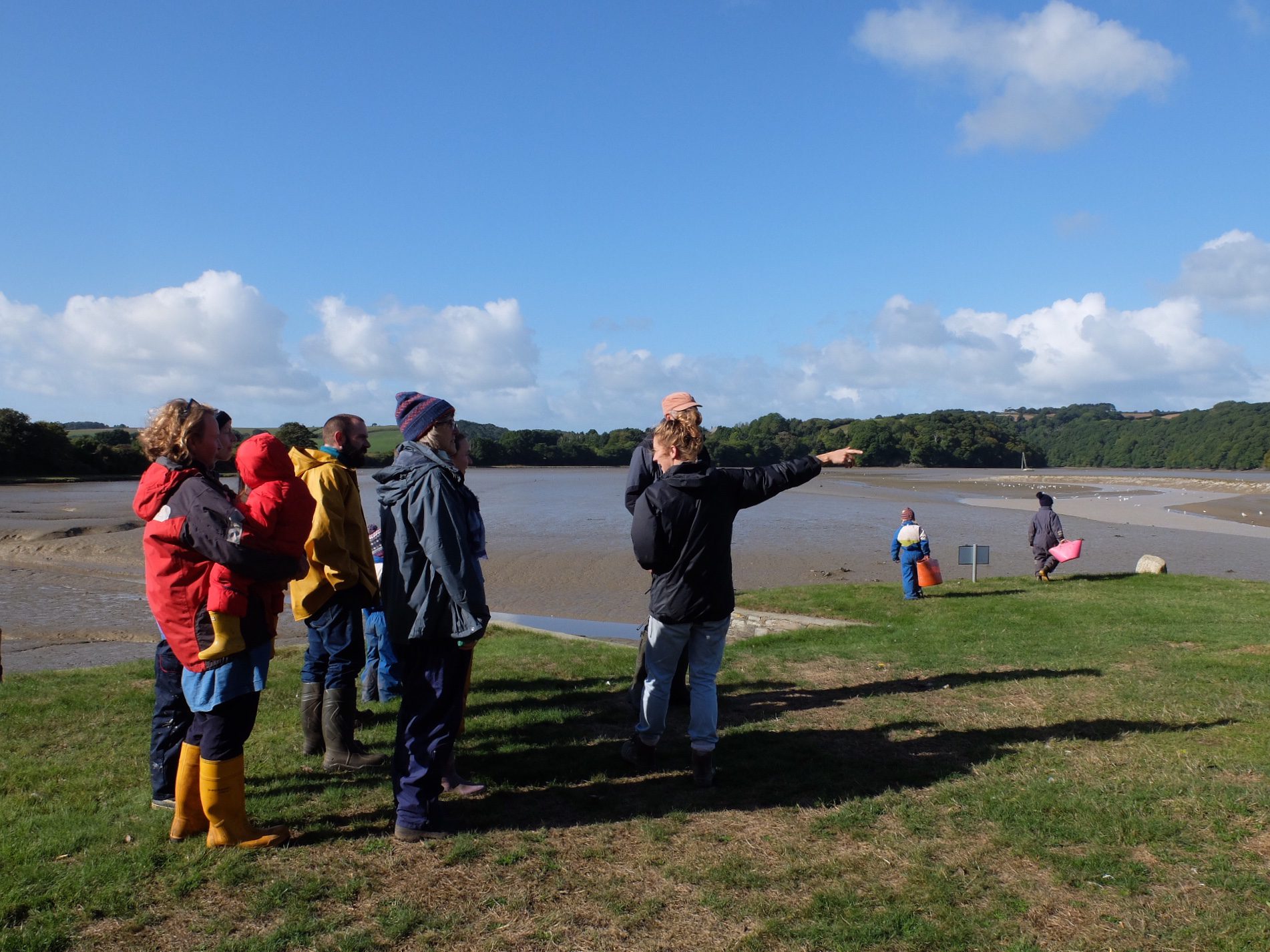
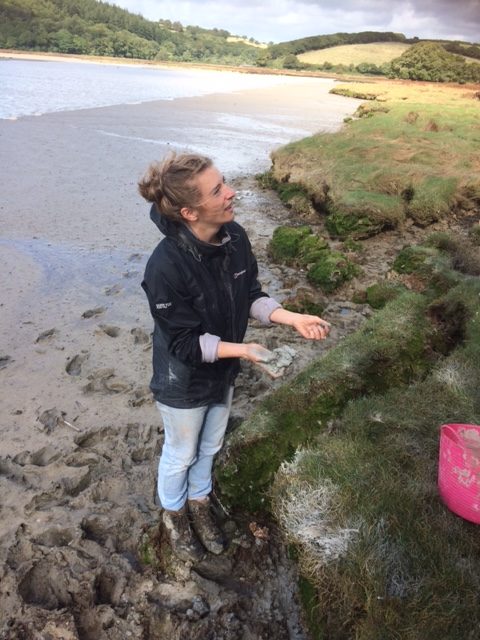
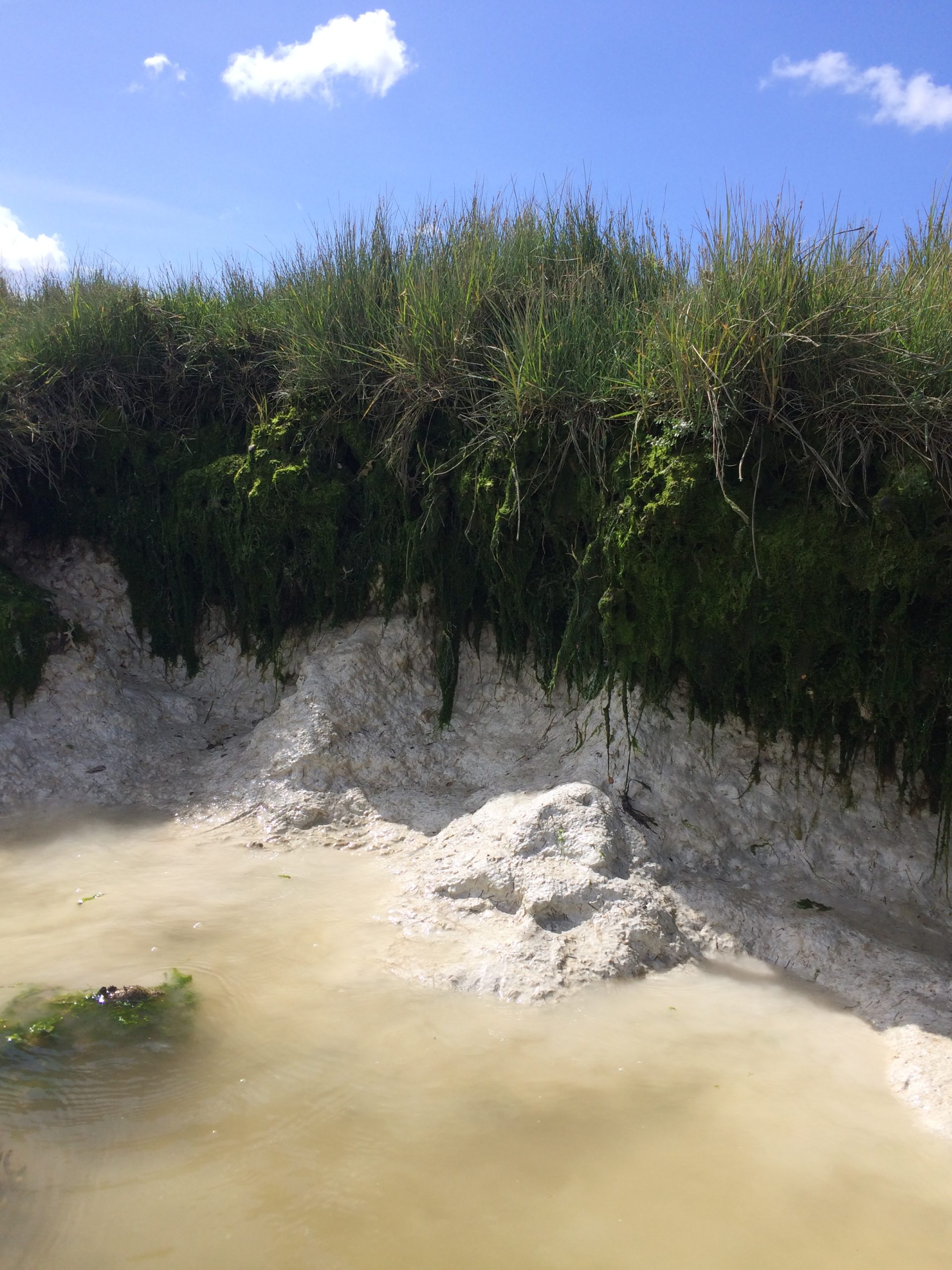
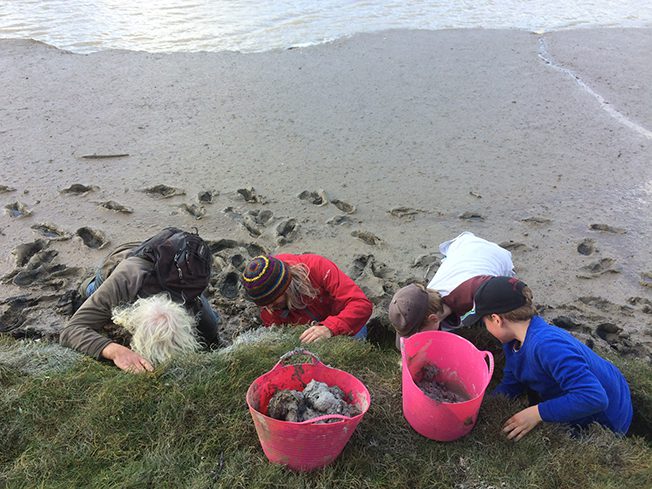
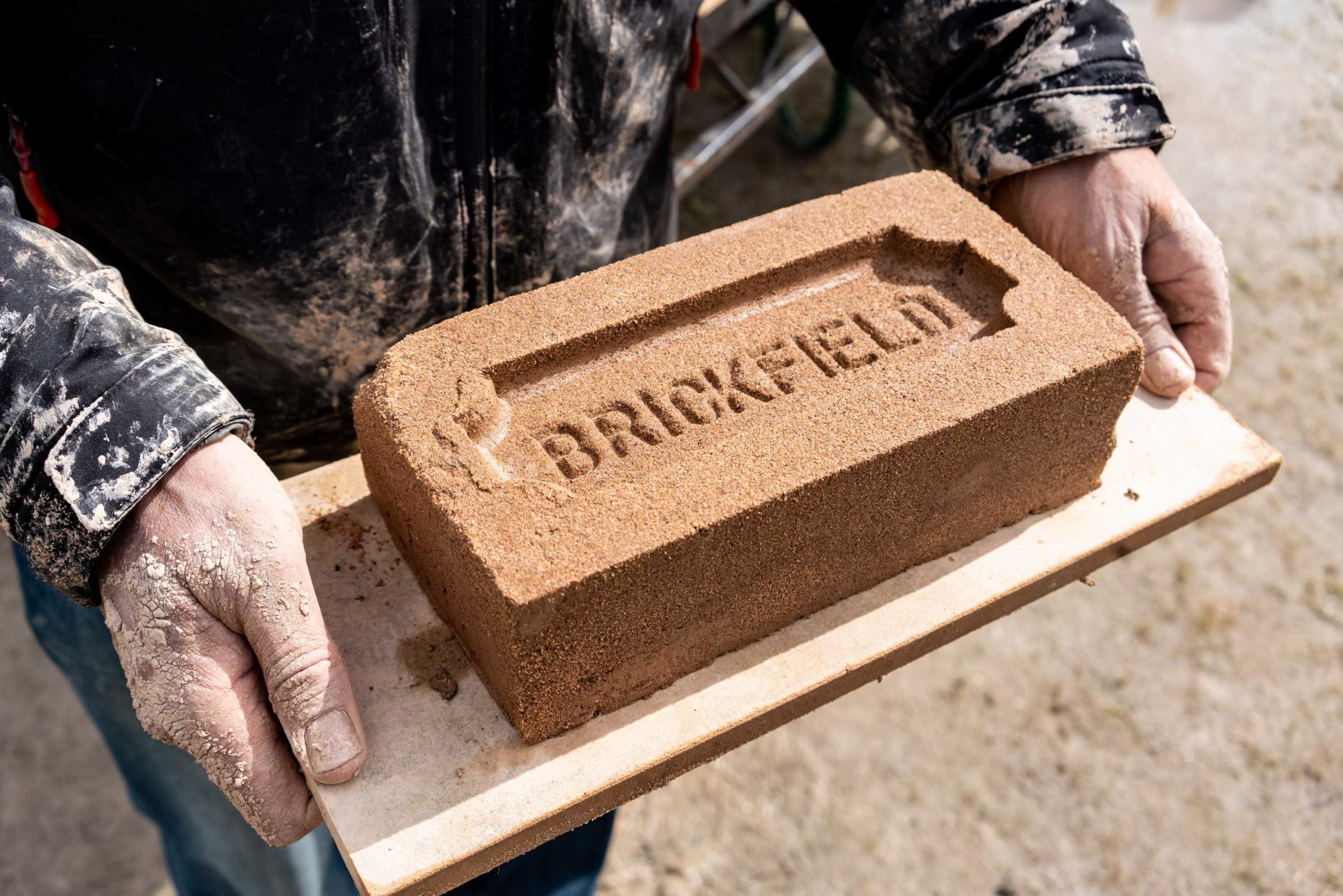
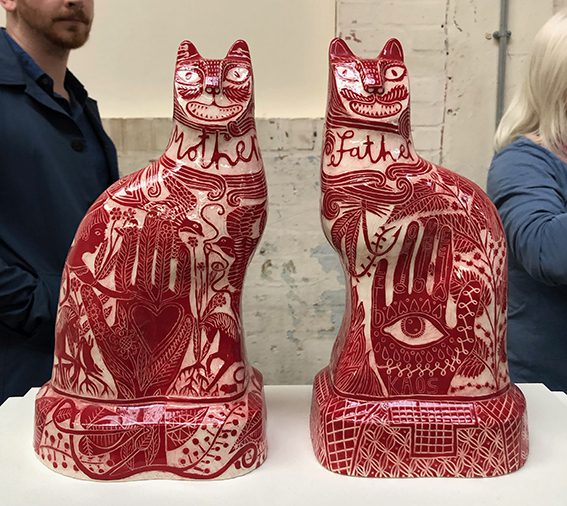
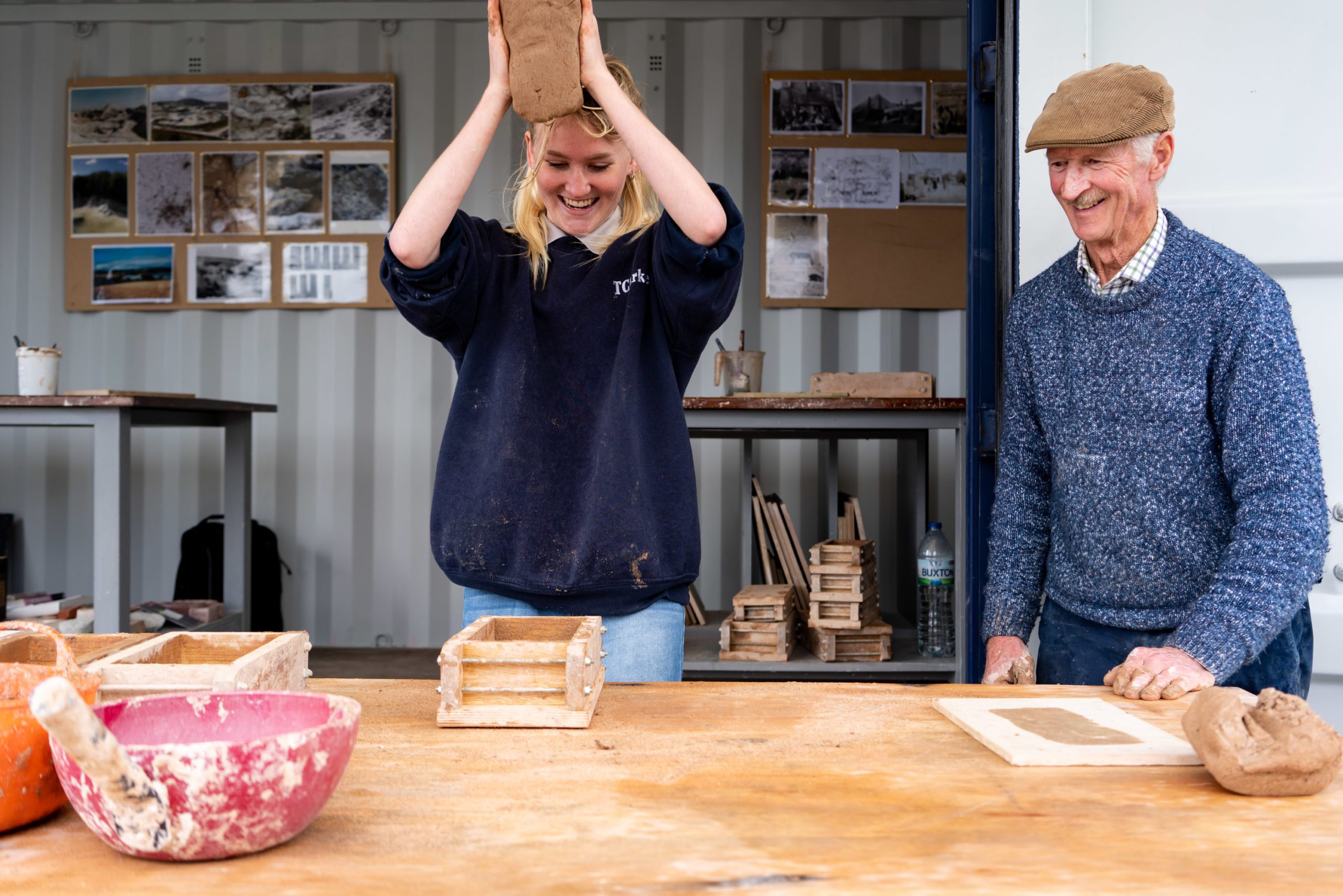
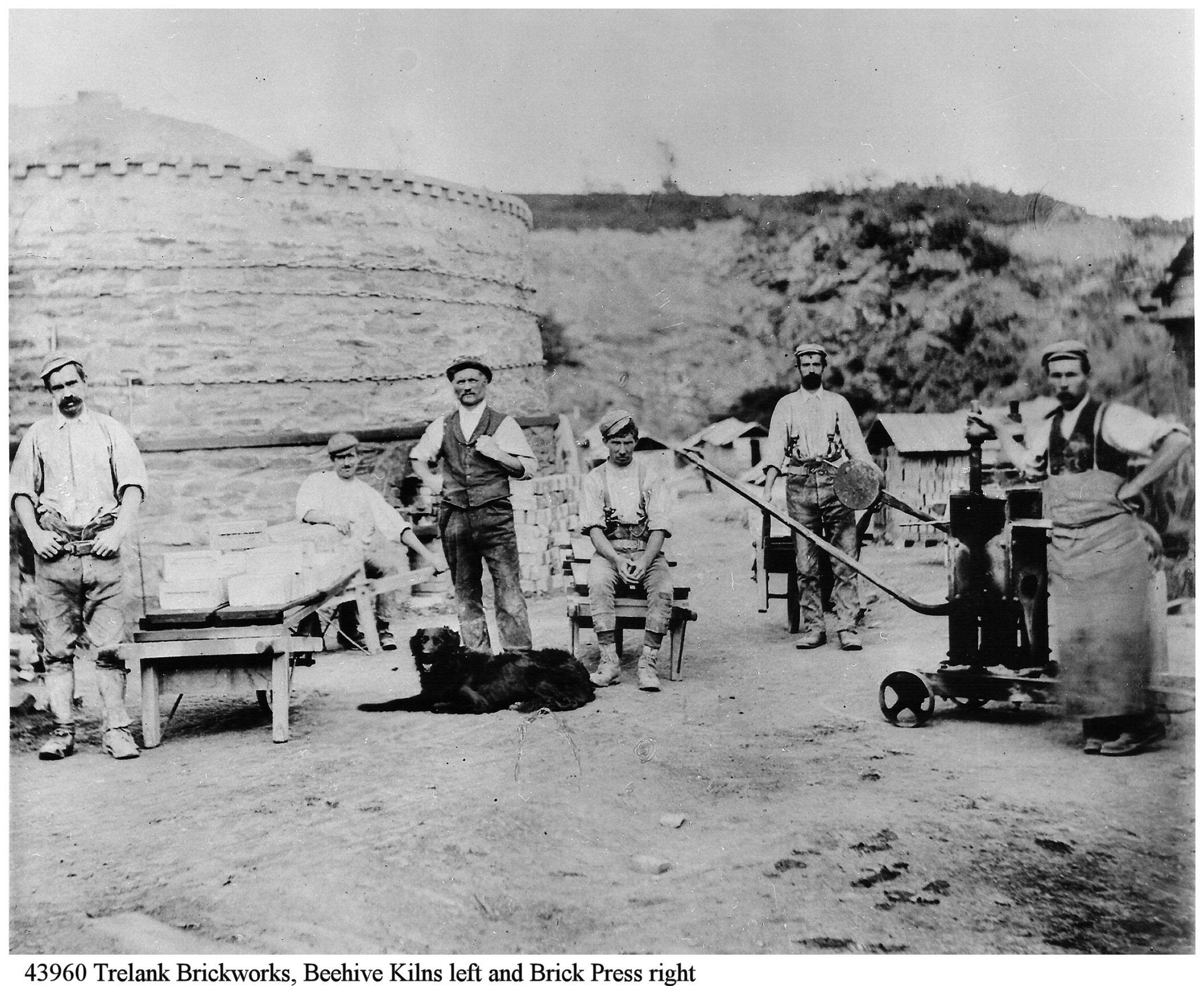
Share on social
---